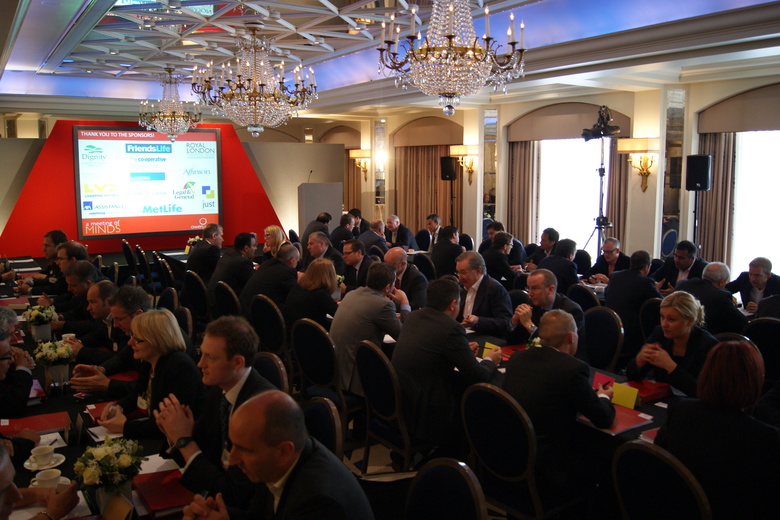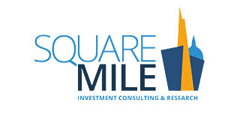
The Findings - Tuesday 13 October 2015 - Tylney Hall, Hampshire


Sponsor Leading: Richard Romer-Lee / Jamie Farquar, Square Mile
Facilitated and written by: Roderic Rennison, Rennison Consulting
Overview
The purpose of an investment committee is to oversee the group investment strategy from a number of perspectives and to ensure that the best interests of both the business and its clients are at the core of all investment activity. This might range from the selection of suitable attitude to risk and stochastic modelling tools to strategic and tactical asset allocation and fund selection. For many groups, the de-risking and operational efficiency of Centralised Investment Proposition has brought a new angle in the regular oversight of third party or sub-advised services.
The challenge
How can you ensure that an investment committee is running effectively? What lessons can be learnt from previous experiences in the industry, what is the best practice and how can we serve the best interests of the consumer?
There are three main areas to consider:
Purpose/Role
- Structure
- Process
Each should be defined in the ‘Terms of Reference’; this is an important document that needs careful drafting
In essence a firm needs to demonstrate that it is operating in the best interests of its clients whilst at the same time acting in the best interests of the business.
A further challenge is whether there should be an Investment Committee and a separate Investment Oversight Committee. It could be appropriate on some occasions to have two separate committees. If there are too many responsibilities in just one committee, the focus/benefit may be reduced or lost.
The purpose/role
The principal elements are as follows:
To define and oversee group investment strategy
-
- To select and monitor external suppliers
- ATR/Stochastic
- Research – providers and tools
- CIP constituents – FoF and DFM
- Platforms
- To define asset allocation – Strategic and Tactical
- To select funds
- To define and monitor portfolio construction
- To set and monitor mandates for sub-advisory and/or internal portfolios
- To oversee portfolio construction
- To monitor performance
- To ensure longevity and continuity of proposition
- To select and monitor external suppliers
- To define and maintain the best interests of the clients
- To ensure the best possible customer outcomes
- To ensure suitability
- To monitor charges
- To monitor performance
- To manage risk
- To ‘treat customers fairly’
- To monitor and mitigate group risk
- Regulatory risk
- Brand risk
- Conflicts of interest
- Errors
- Structure
Aspects to consider include:
Membership
- Chairman – who should be Chairman? – Internal or external?
- Senior Executive
- Adviser/Practitioner
- Subject Matter Expert (Internal)
- Subject Matter Expert (External)
- Compliance representative
- Secretary
Questions to consider
- Should the chair should be an SME?
- Quorum?
- Voting structure?
- Qualifications of members?
- Relevant experience?
- Rotation of individuals (keeping it fresh)
- To whom does the committee report? (empowerment)
- What is the committee empowered to approve?
- What is its relationship to other committees?
- The Board
- Risk and compliance function
- Operations
- Marketing
Process
The main aspects to consider are:
- Diarised regular meetings – quarterly?
- Previous minutes and actions
- Organised agenda – define the criteria in the terms of reference – inputs and outputs
- Prior distribution of papers – for some items the meeting is verification rather than discussion
- Periodic compliance audits
- Minuted and filed
- Regular reporting
- Risk and control log
- Breach log – asset allocation, fund limits
- Large deals
- Operational process – separate committee that reports to IC?
- Consider publishing internally
- Consider publishing (excerpts) to clients……..!
Finally…
Think about the level of resource needed. All too often insufficient thought is given to who will actually do the work in between committee meetings. Unless this forms part of one individual’s role, the required work may not get done and this will impact on the workings of the Committee.

